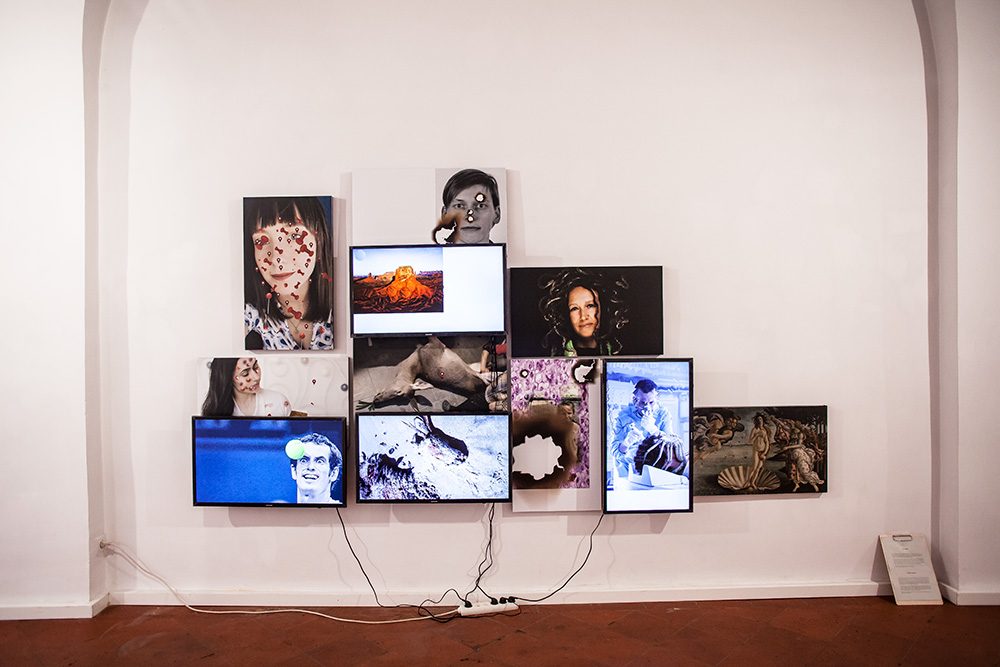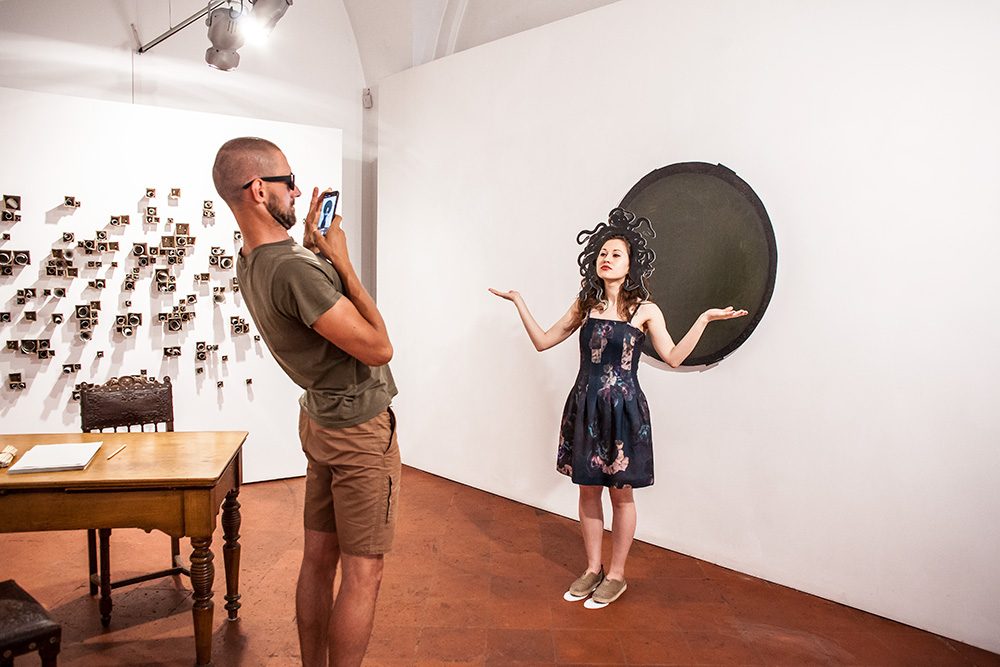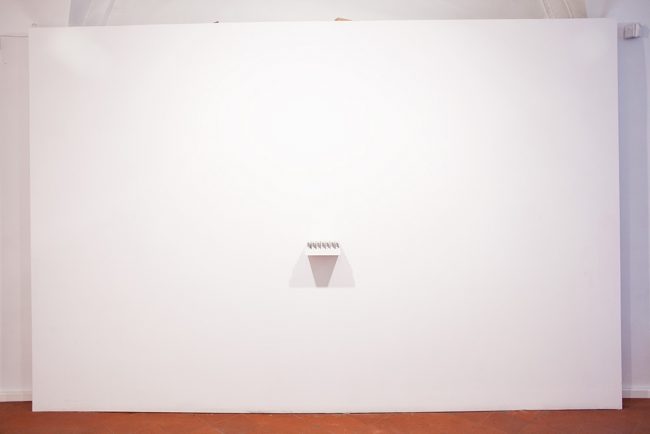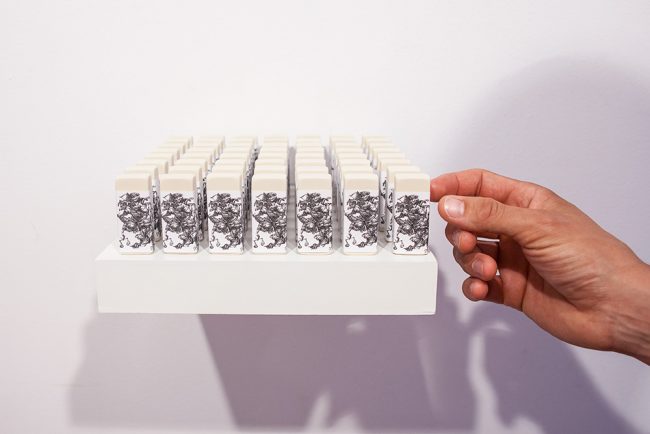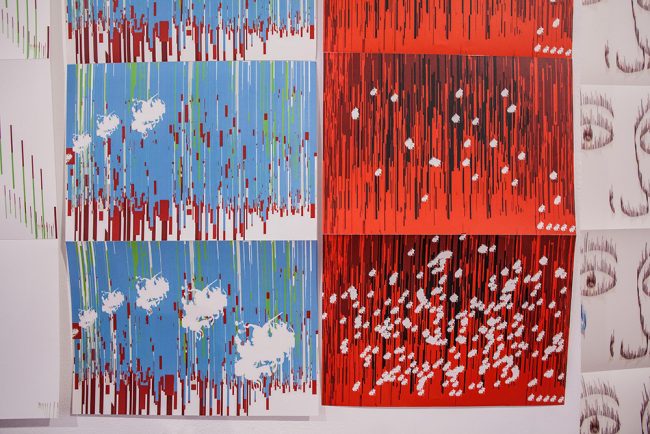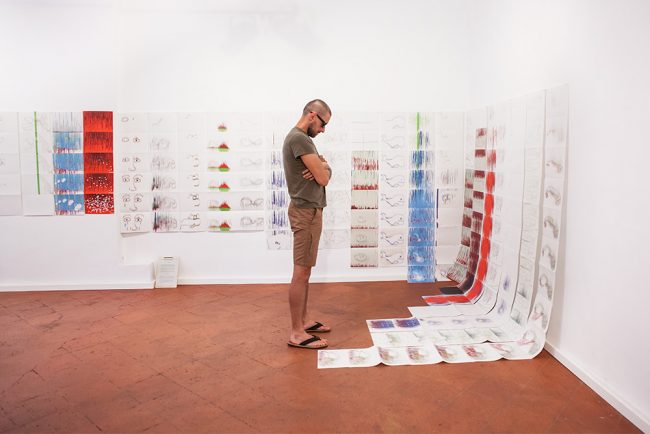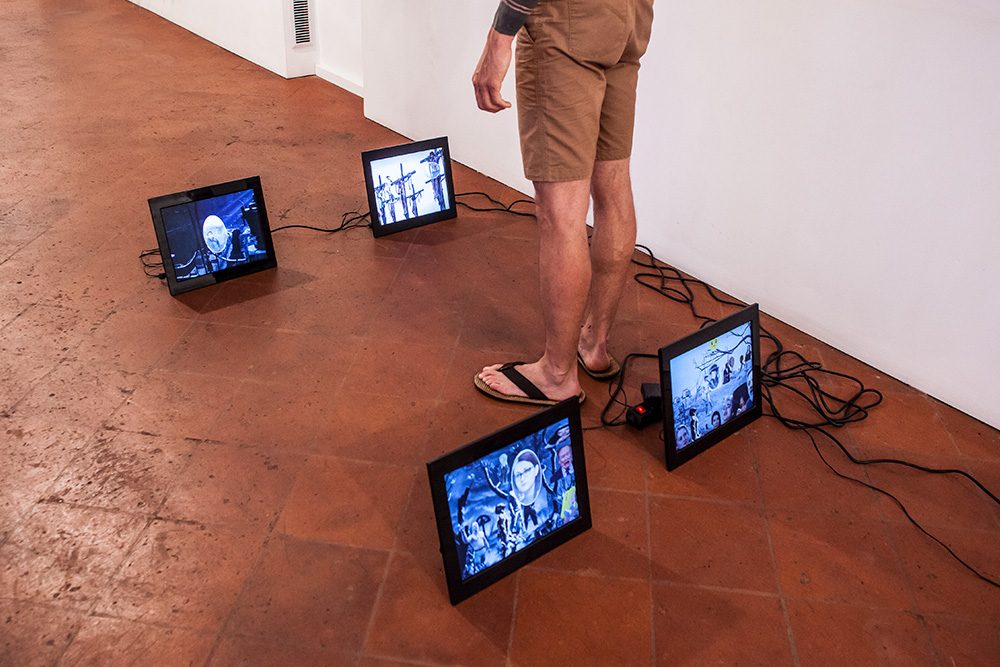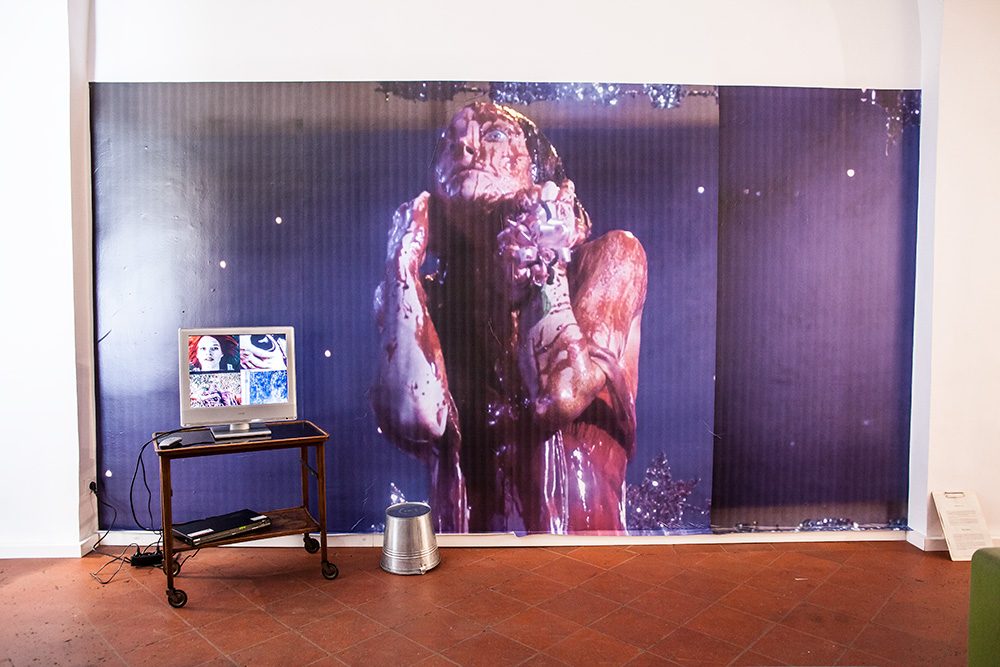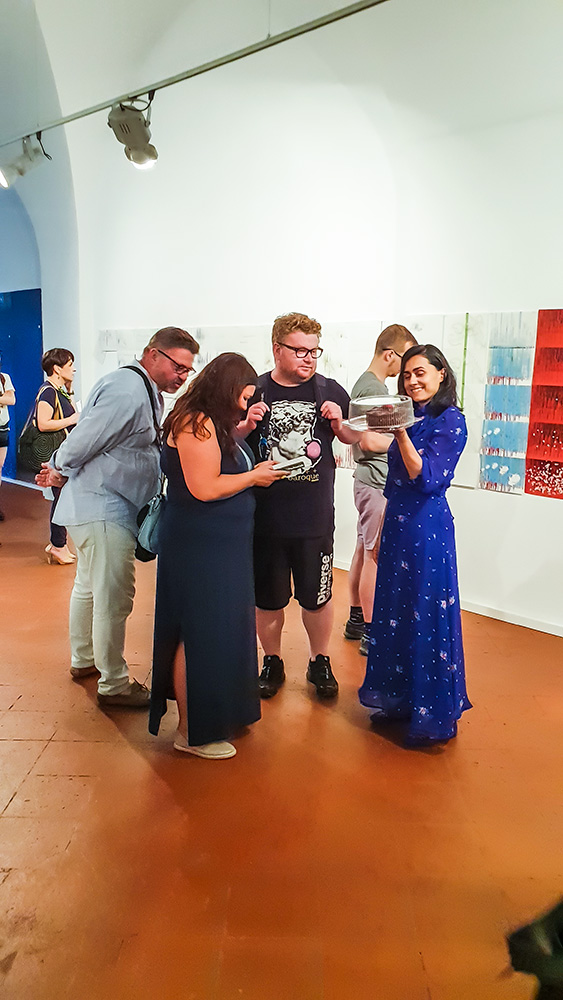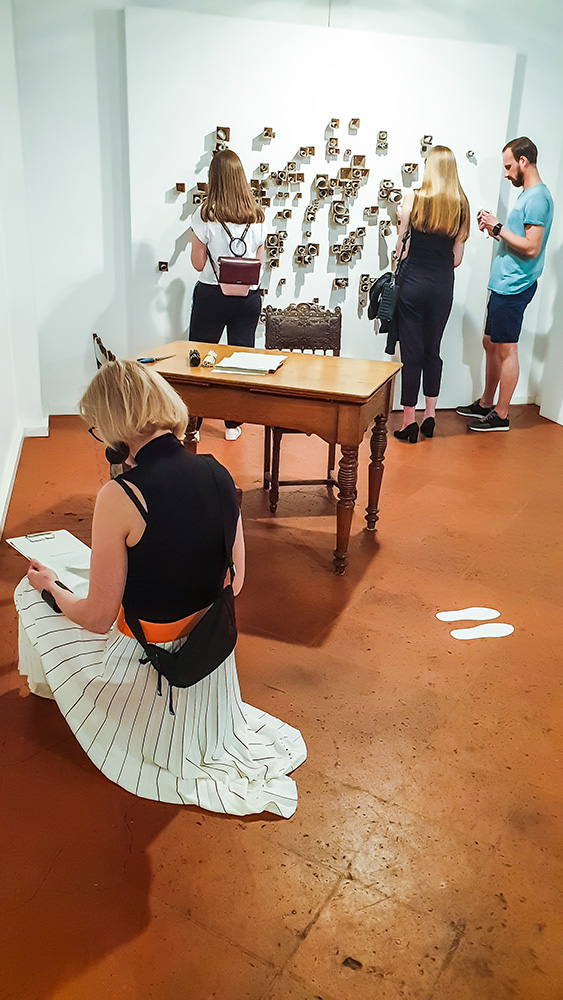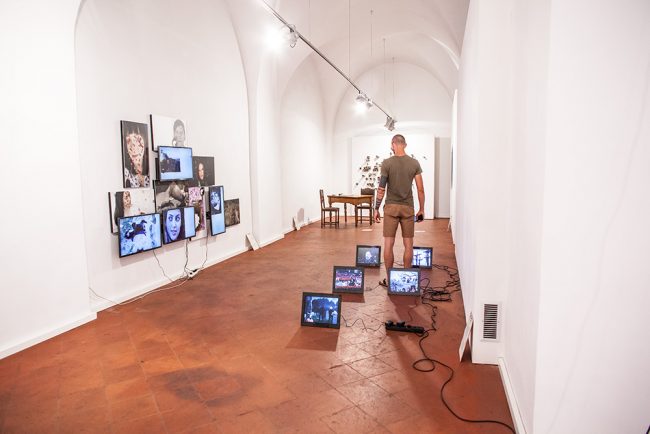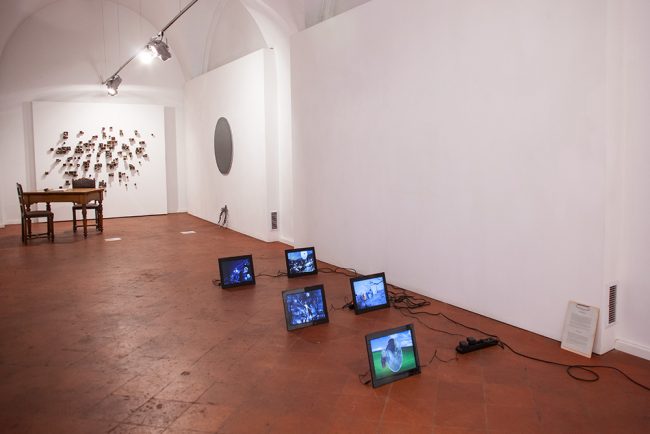PlayDead.info

Introduction
In the second half of the twentieth century, it was noticed that our approach to death, seniors, and sick people has changed. Natural death, death of our loved ones as a social event has disappeared from our consciousness. It has ceased to be a part of life and has become its contradiction. It is an enemy we should fight, with the help of medicine. These changes have taken place over many years. I am referring here to the change of the place of dying – from home to hospital, and the change of the status of the deceased in the context of social life, for example the location and significance of the cemetery within the city space. The life expectancy of an average person has increased dramatically, and thus the causes of death have changed. In most cases, we are now dying in hospitals, among medical personnel, treated as a “medical unit”. Death is very often accompanied by loneliness, both in the case of the dying person and his or her relatives. Mourning is treated more as a disorder than a natural, ordinary feeling. Death does not belong to us, it has been taken away from us, in order to maximize life. We are suffering while dying. We dream about unconscious death. At the same time, we are submitting to the ubiquitous process of commercialization, politicization, and unreflective shocking by corpses in public space. Looking at the statistics of the most-watched films of the last dozen or so years, we notice that we are dealing with a cinema flood of corpses. We have been attacked with hundreds of images of death, both real ones coming from reportages or everyday news, and the fake ones that spill out of the cinema screens. Slowly, the boundary between one and the other becomes difficult to capture by the beguiled viewer. Somewhere on the borderline of the fear of dying in the physical world, and life beyond the passing time in the new virtual ecosystem, appears a phenomenon that I call non-mortality. Ultra-modern, virtual images that we create and share daily on social media do not get old. We also have full control over time, as we can edit events from the past at any given moment. Our history can be constantly improved and updated. Time travel on Facebook has become simple and obvious. We also have power over space, because being in several places at the same time is not a problem anymore. From the moment of registration, each day, at any moment, we can (or maybe we are obliged to) build our alternative life, which sooner or later becomes our monument. Nowadays, the border between the private and the public, the real and the false, is lost. We become prisoners under constant observation and control, in full readiness to show ourselves and to be noticed by others.

In effigie
Execution in effigie means destroying, disgracing, mutilating, hanging, or burning images of convicts. Executions on paintings were performed when the culprits were absent for various reasons (they had escaped or died before the punishment was imposed). Public deprivation of social status and dignity was extremely severe and shameful. In the sixteenth century, we had to deal with full executions on images, called “in effigy”. The network is one ecosystem to which we are moving, using mostly images (words are of secondary importance). It is thanks to them that we move there and it is on them that everything depends. The ineffigie.playdead.info database offers a whole arsenal of weapons-pranks, which we can apply to annihilate the image, using fire, plagues, pimples, pins, and many more. In Effigie Execution in effigie means destroying, disgracing, mutilating, hanging, or burning images of convicts. Executions on paintings were performed when the culprits were absent for various reasons (they had escaped or died before the punishment was imposed). Public deprivation of social status and dignity was extremely severe and shameful. In the sixteenth century, we had to deal with full executions on images, called “in effigy”. The network is one ecosystem to which we are moving, using mostly images (words are of secondary importance). It is thanks to them that we move there and it is on them that everything depends. The ineffigie.playdead.info database offers a whole arsenal of weapons-pranks, which we can apply to annihilate the image, using fire, plagues, pimples, pins, and many more.

Draw with dead
The five charts that were created on the basis of that data from the last 118 years (from the beginning of the 20th century to 2018) are drawing tools, brushes. The data includes: birth and death in the physical world; birth and death (permanent removal of accounts) on the Internet on social media. These are online ghosts – profiles on social networks whose users have died but their accounts are still active. As you can see, the last graph is characterized by the fastest growth in relation to others, which means nothing more than that the Internet quickly fills with ghosts. Probably in 2098 there will be more accounts of dead users than those who live. After choosing a brush and color, we can proceed to create a painting, a new reality, where death mixes with immortality, no boundaries exist, and representations of the dead and the living create a cacophony of colors and shapes. During the whole time of activity on the website, screens are saved every 15 seconds. Each gesture creates a story. The only salvation is the apocalypse tool.

My funeral party
The director’s cut is the director’s version of a film. The project database contains more than 500 scenes of death cut from Hollywood movies, in such a way as to deprive the dying of the whole context, the whole background, all accompanying events. We do not know anything about the protagonists, their stories, or their relationships. All scenes depict a few seconds’ act of transforming into a corpse. Each click on the site is saved and remembered, each becomes the basis for creating statistics: how much time the users have spent on the site; at what time; where they come from; how many death scenes they have viewed; which tags they have chosen; whether they have shared their posts; whether they have titled them. Based on the data collected from individual users, a general image of the preferences of the entire group of people visiting the website is created. It turns out that the most favored tag is #woman

Director’s cut
Director’s cut is the director’s version of the film. The project database contains more than 500 scenes of death cut from Hollywood movies, in such a way as to deprive the dying of the whole context, the whole background, all accompanying events. We do not know anything about heroes, their stories, about their relationships. All scenes depict a few seconds’ act of transforming into a corpse.
Each click on the site is saved and remembered, each becomes the basis for creating statistics: how much time the user has spent on the site; at what time; where it comes from; how many death scenes he saw; which tags he choose; whether he shared his post; whether he gave the title. Based on the data collected from individual users, a general image of the preferences of the entire group of people visiting the website is created.
It turns out that the most-favored tag is #woman
about
“PlayDead.info” is a cyber-conceptual-participatory project. It may sound a bit over-the-top, but it does reflect the work’s characteristics quite well. “PlayDead.info” is an Internet project that can be found at www.playdead.info. It consists of four independent parts, which are fun tools: “Draw with Dead”, “Director’s Cut”, “In Effigie”, and “My Funeral Party”. All of them, in a more or less literal way, illustrate a phenomenon that I call non-mortality. It occurs somewhere on the border of the fear of dying in the physical world, and life beyond the passing time in a new virtual ecosystem. I chose the online space as the most natural one for this subject. The recipient and at the same time the person actively co-creating it is the average user used to a specific way of using literary texts, not necessarily aware of how to read art. The user is the one who plays, draws, fools, becomes the creator. The Internet and modern media are perfect platforms for artistic reflection and attempts to diagnose problems related to the issue of death and mourning in the context of cyber-life. The purpose of my work is to create tools for (co-)creating a work (paintings, film narratives) with the user. The users, with the help of programs, will have the opportunity to create their own works of art. I assume that only the creative process can help us fully understand the problem of death taboo in the contemporary world. I am convinced that this can happen when the recipient is involved in co-creation, even if initially it will be treated as fun.


